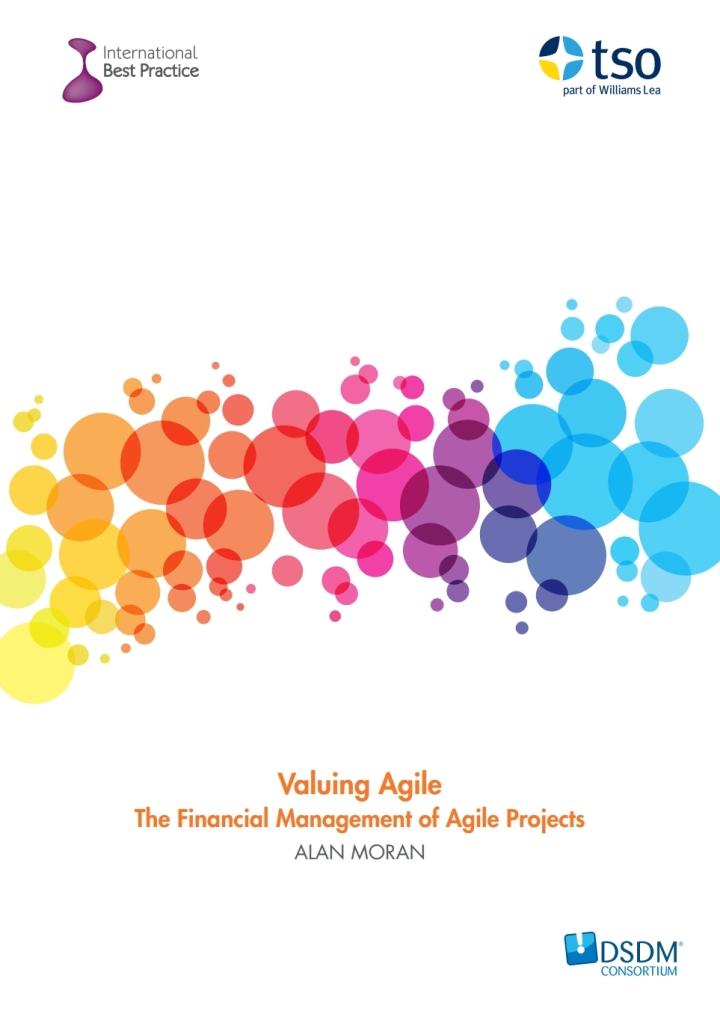Answered step by step
Verified Expert Solution
Question
1 Approved Answer
Lisa Carter, CFO at Serton Software, reflected on her recent conversation with Michael Raston, the CEO. Michael was concerned that because of changes in the
Lisa Carter, CFO at Serton Software, reflected on her recent conversation with Michael Raston, the CEO. Michael was concerned that because of changes in the market condition as well as changes in the debt structure at Serton, the old yardstick for capital projects was no longer reliable. Fed has been increasing the rate over time and Michael is expecting the longterm rates to be higher than short term rate. Lisa and Michael are debating which rate they should use as risk free rate month TBill, year, or year Treasury notesbonds rates Furthermore, year ago, Serton had raised $ million by issuing coupon payable semiannuallyyear bonds at a price of These bonds are currently trading at $ This was in addition to the $ million raised by issuing year coupon bonds payable semiannually at par two years ago.
Lisa recalled discussions with the board concerning the new bond issue. A particular board member, Kathy Majewski, was citing financial research she encountered while doing her MBA at the Wharton School. According to this research, bonds made sense mostly for firms paying a lot of taxes. For these firms, the interest deduction is most valuable, compelling them to use debt at the margin instead of internal or external debt. Kathy cited the fact that Serton passed much of its global revenues through its subsidiaries in Ireland and the Netherlands and therefore only pays about of its profits as taxes. This rate was significantly below the corporate tax rate of Although this discussion pertained to the corporate debt policy, Lisa wondered whether this tax reality had anything to do with producing estimates of the corporate hurdle rate. Overall, however, there were uncertainties about whether this situation that is low taxes was tenable in the longterm and whether Serton could continue to defer bringing back its cash from foreign accounts Note: the tax scheme of passing income through tax havens like Ireland also depended on not needing the cash in the US for the foreseeable future
Linda tasked her assistant Jane Arches with crafting an appropriate response to her CEO. As a first step, Jane downloaded SESOs stock price information along with data on the market index for the previous months see the appendix following the case
Assume that you are working with Jane to perform this analysis. Making appropriate assumptions, informed by class discussions and by information in the finance textbook:
Calculate the cost of equity for SESO. What are some of the limitations of the method that you used?
Calculate the cost of debt. What assumption did you make in order to perform this calculation?
Assume that SESO has million shares outstanding. What is the market capitalization of Serton?
What is the WACC of Serton?

Step by Step Solution
There are 3 Steps involved in it
Step: 1

Get Instant Access to Expert-Tailored Solutions
See step-by-step solutions with expert insights and AI powered tools for academic success
Step: 2

Step: 3

Ace Your Homework with AI
Get the answers you need in no time with our AI-driven, step-by-step assistance
Get Started


